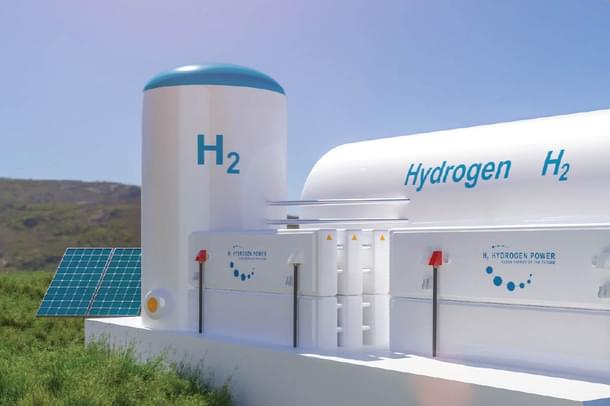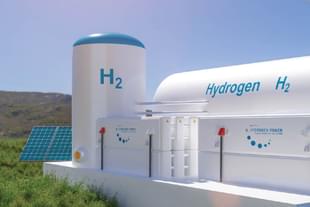News Brief
India Plans To Launch 'Full-Fledged National Green Hydrogen Mission' In The Next Few Months
Swarajya Staff
Jun 08, 2022, 01:37 PM | Updated 01:37 PM IST
Save & read from anywhere!
Bookmark stories for easy access on any device or the Swarajya app.


Post the green hydrogen policy announced in February this year, the Union government has declared its plans to initiate the green hydrogen mission. The announcement included the listing of sectors expected to incorporate the use of green hydrogen. Cheaper renewable power has also been assured, with fee waivers being announced for projects commissioned before June 2025, as well as others, to aid in the transition to achieving net zero.
An emphasis has been placed on India not only producing green hydrogen to satisfy domestic demand, but also to tend to global requirements, to emerge as a global hub and leader. The green hydrogen mission encourages bunkers to be set up near major ports for ease in exporting, a key policy initiative which will tie in with developments in port infrastructure, as reported by LiveMint.
What Is Green Hydrogen?
Green hydrogen is the industry referred name for the electrolysis of water to produce hydrogen fuel, from renewable energy sources such as wind and solar. This differs with blue hydrogen, which is produced through fossil fuels, where the byproducts are captured and stored, and grey/brown hydrogen where byproducts aren’t stored.
How Does Green Hydrogen Tie In With Net Zero?
India’s 2070 net zero target is heavily dependent on its ability to emerge as a global leader in green hydrogen production and export. In August 2021, Prime Minister Narendra Modi announced the National Green Hydrogen Mission, which aims to aid the government in meeting its climate commitments, as well as aiding other macroeconomic objectives, such as reducing import dependency and building self-sustainability.
Current Initiatives
The Green Hydrogen Mission has sparked an increase in the initiatives taken by both private and public players in decarbonisation through green hydrogen.
Oil India Limited (OIL) opened India’s first pure green hydrogen plant in Assam, with a capacity of 10kg per day, and an aim to triple the production in future years. Reliance Industries also stated its interest in entering the green hydrogen space, through the remodelling of its current blue hydrogen plants, which will act as an interim solution until costs of producing green hydrogen fall.
Reliance aims to produce the latter at $1/kg by the end of the decade. State owned BPCL also plans to enter the green hydrogen space, with plans for building the largest plant in Madhya Pradesh, however the extent of its investment into green hydrogen are dependent on whether government policies fall in line with the corporation’s expectations.
Green hydrogen paves the way for India to meet its climate agreements, reduce its dependency on oil imports, and emerge as a global leader and export hub for renewable fuels. The target to produce 5 million tonnes by 2030 is conditional on production costs falling, which is the likely result given the level of investment and R&D in the market, as well as government policy aligning with the needs of corporations.





